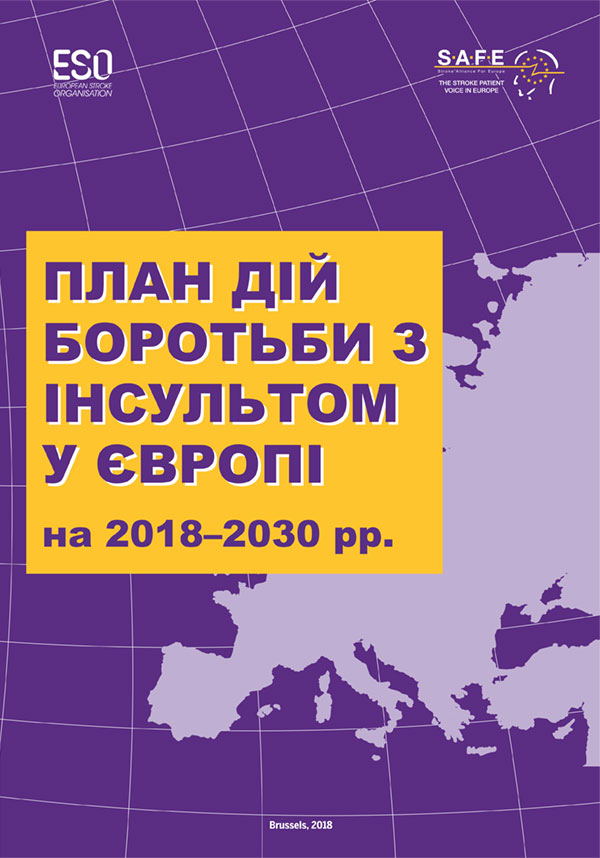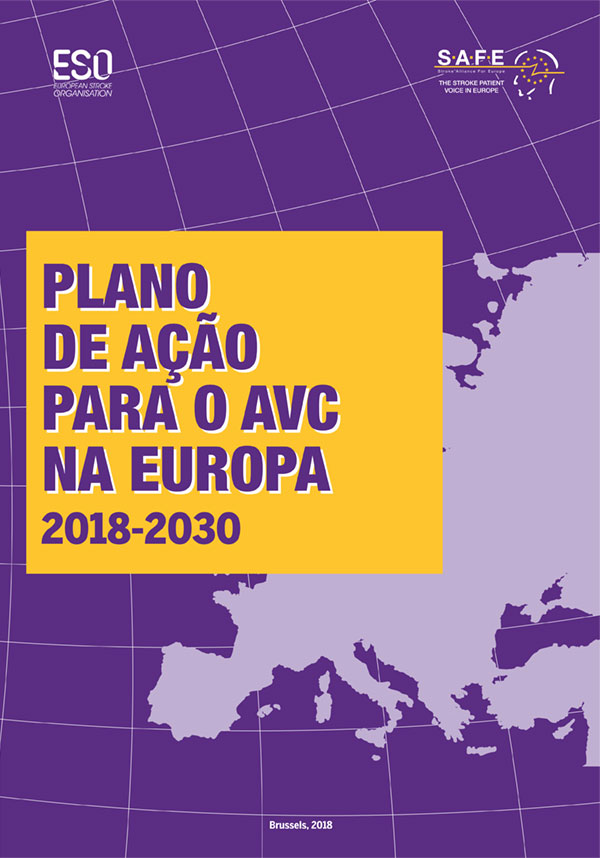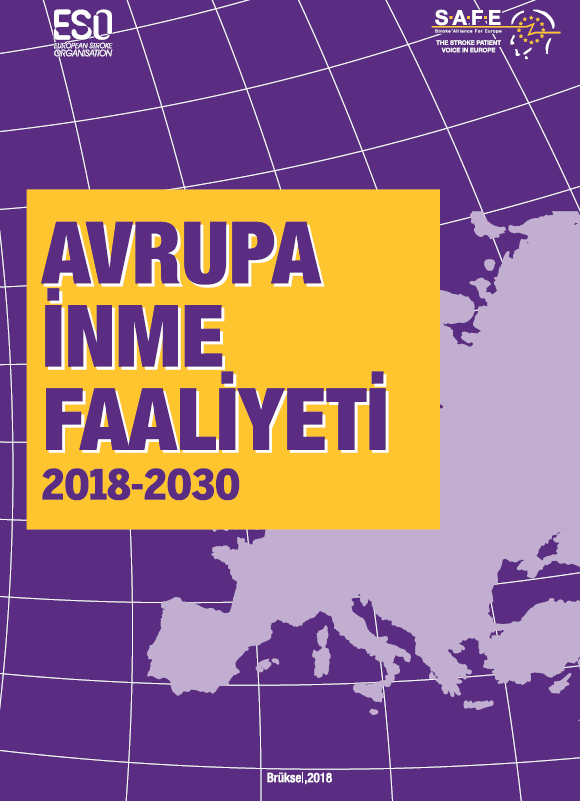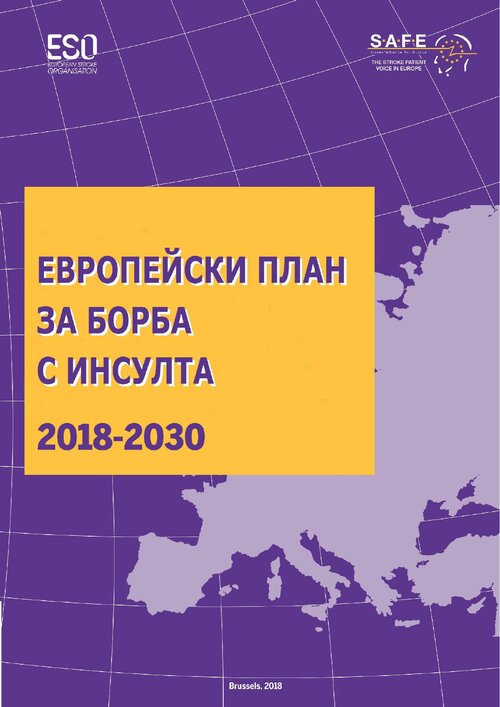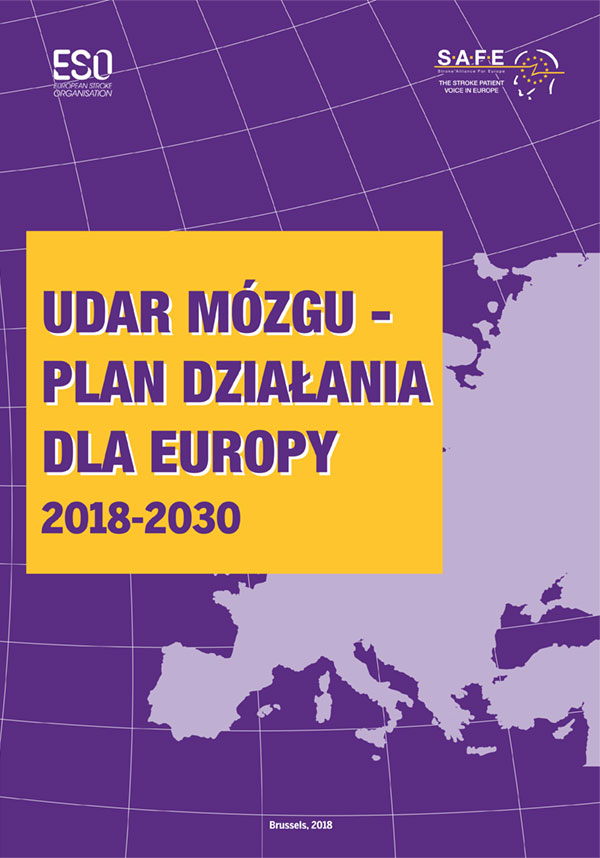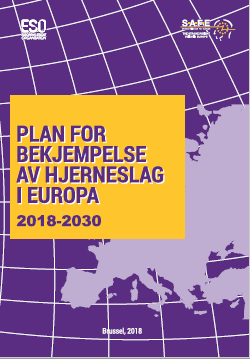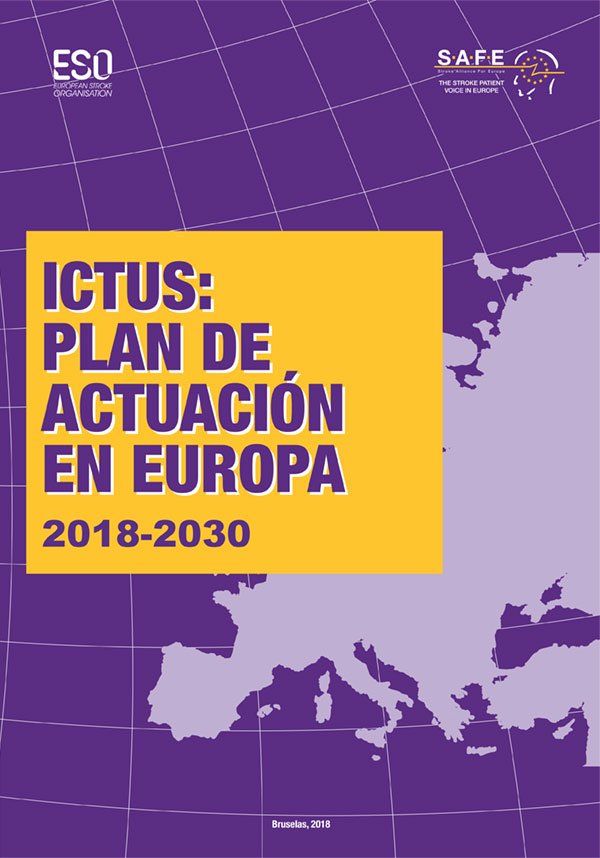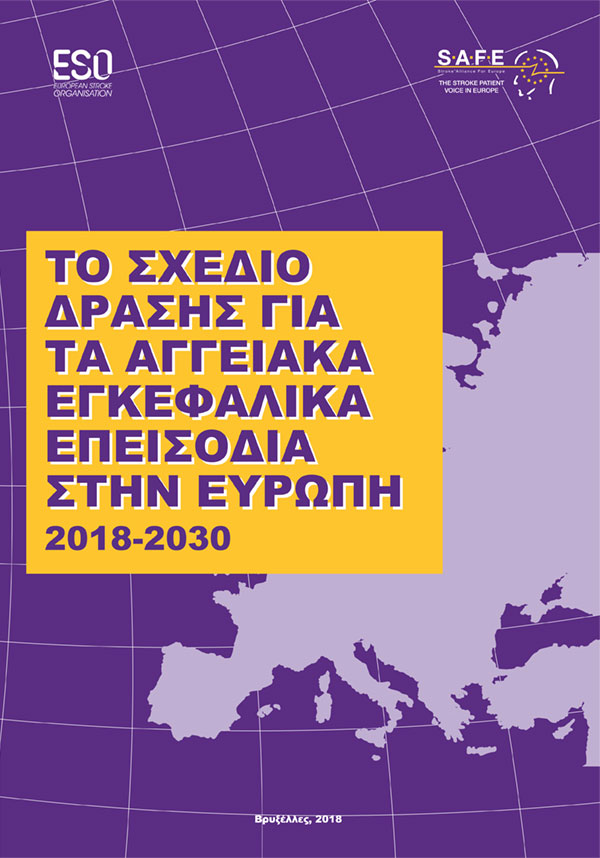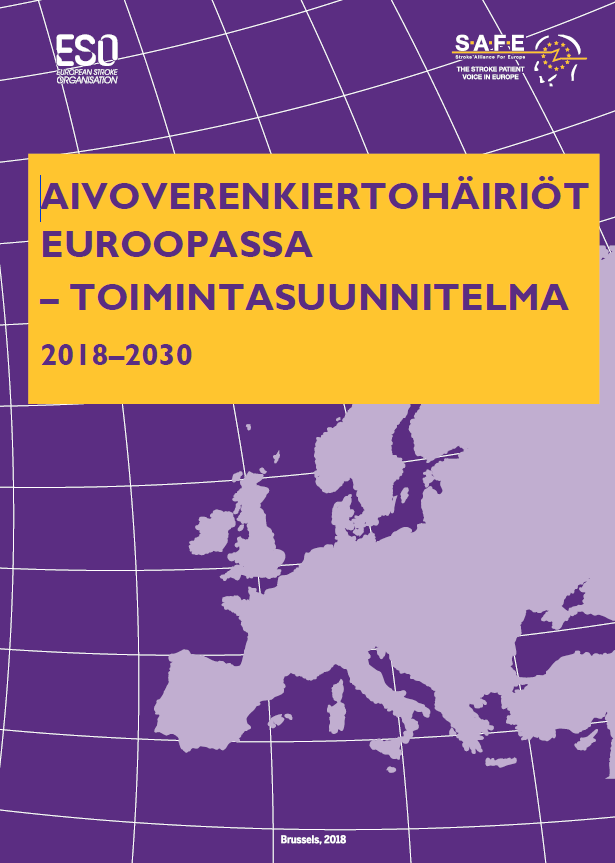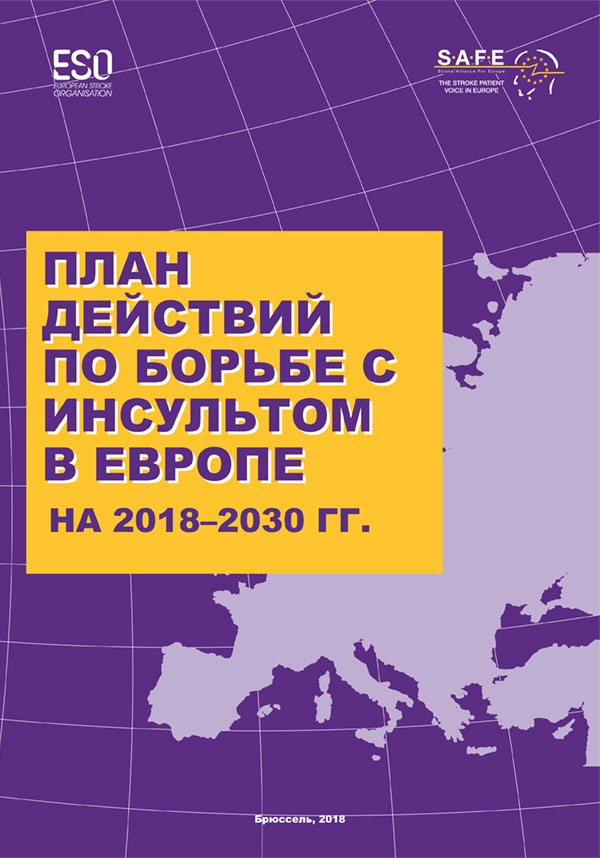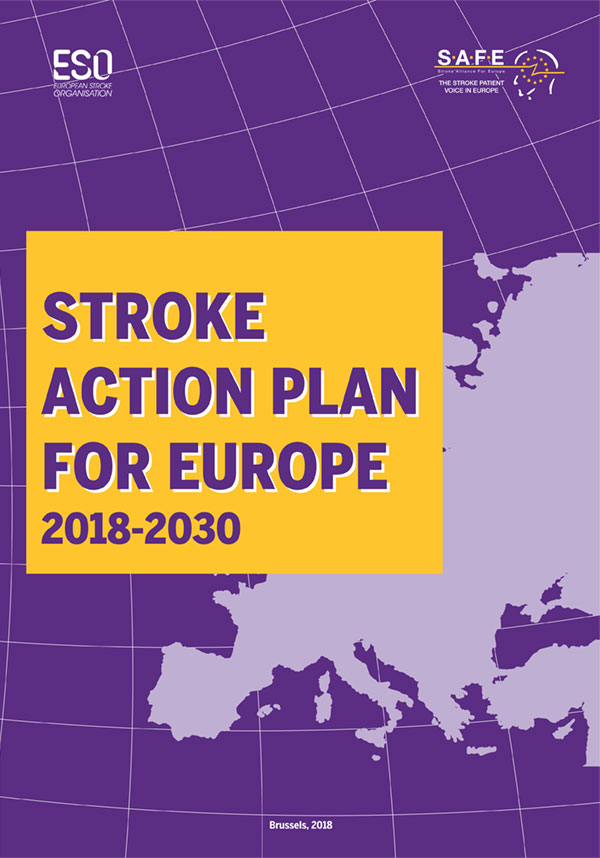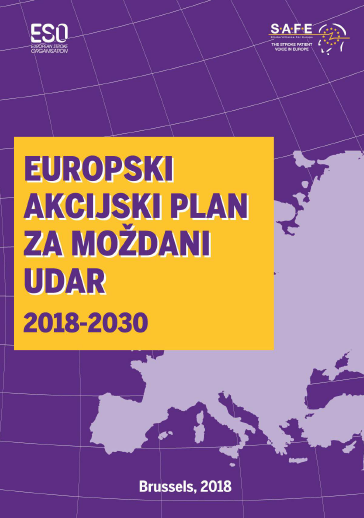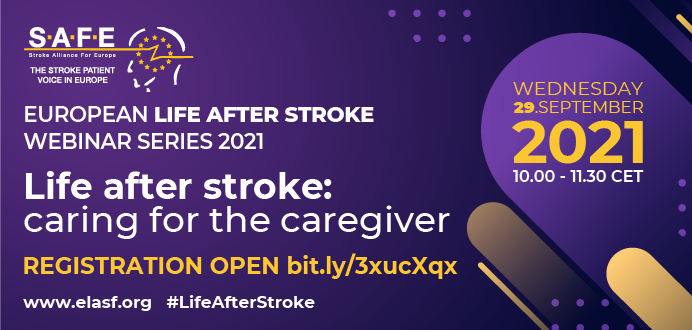
Aug 2, 2021
We are delighted to let you know that the third in our series of free webinars on Life After Stroke: caring for the caregiver, is now open for registration https://bit.ly/3xucXqx
The session looks at some of the challenging aspects posed to informal carers, and the impact that caring for a stroke survivor might have on their lives. It will also cover predictors of wellbeing and resilience in carers and good practice examples of carer support and how to implement them.
If you missed our other events in the Live After Stroke series of webinar, you can now catch up on demand at elasf.org
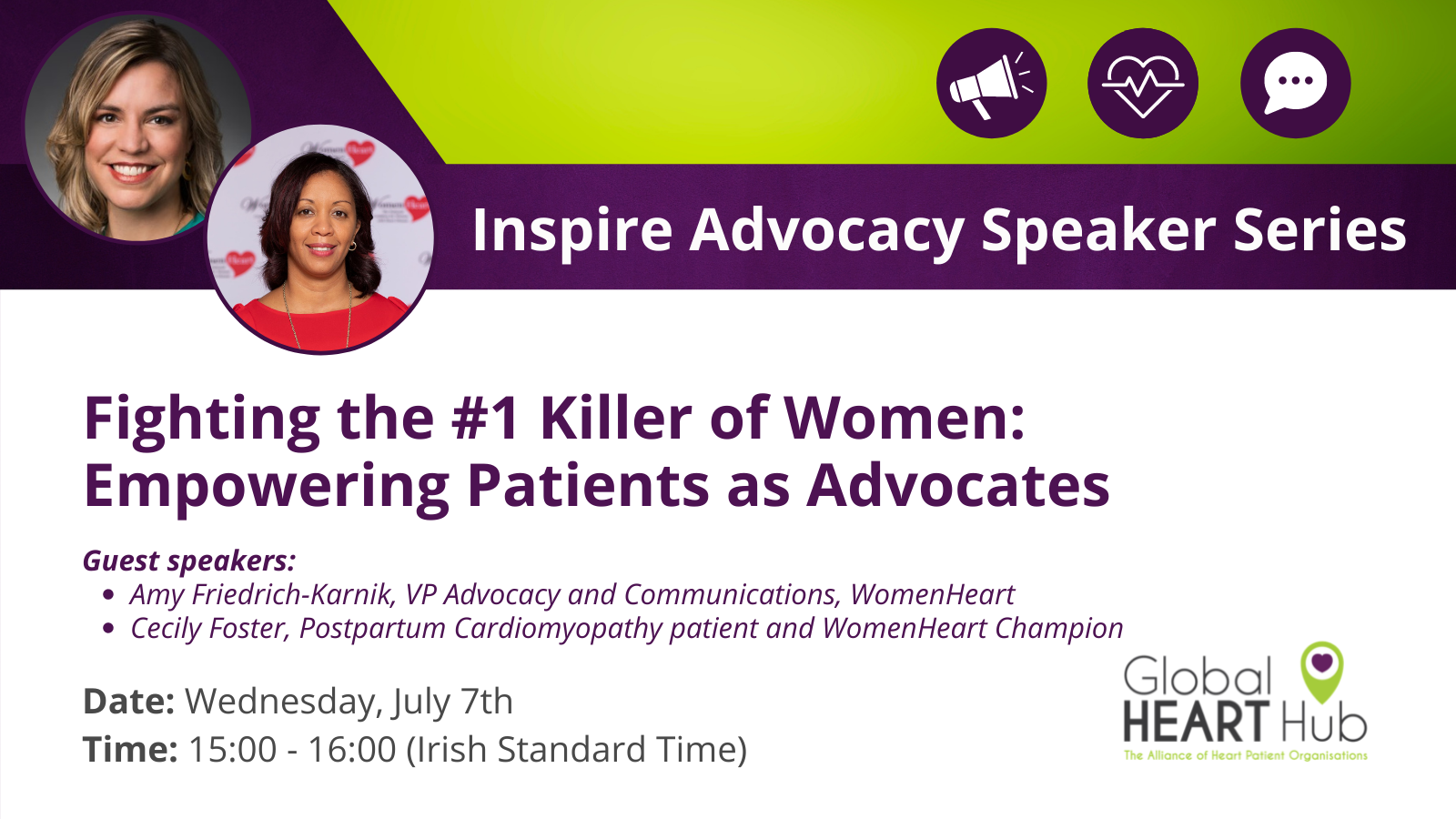
Jul 5, 2021
Heart disease is the #1 killer of women. This is under-recognised with adverse consequences for the #diagnosis & treatment of women. Join our Inspire #Advocacy Speaker Series with Amy Friedrich-Karnik, @WomenHeartOrg, & Cecily Foster, WomenHeart Champion, on July 7! https://bit.ly/3zN6Wqo
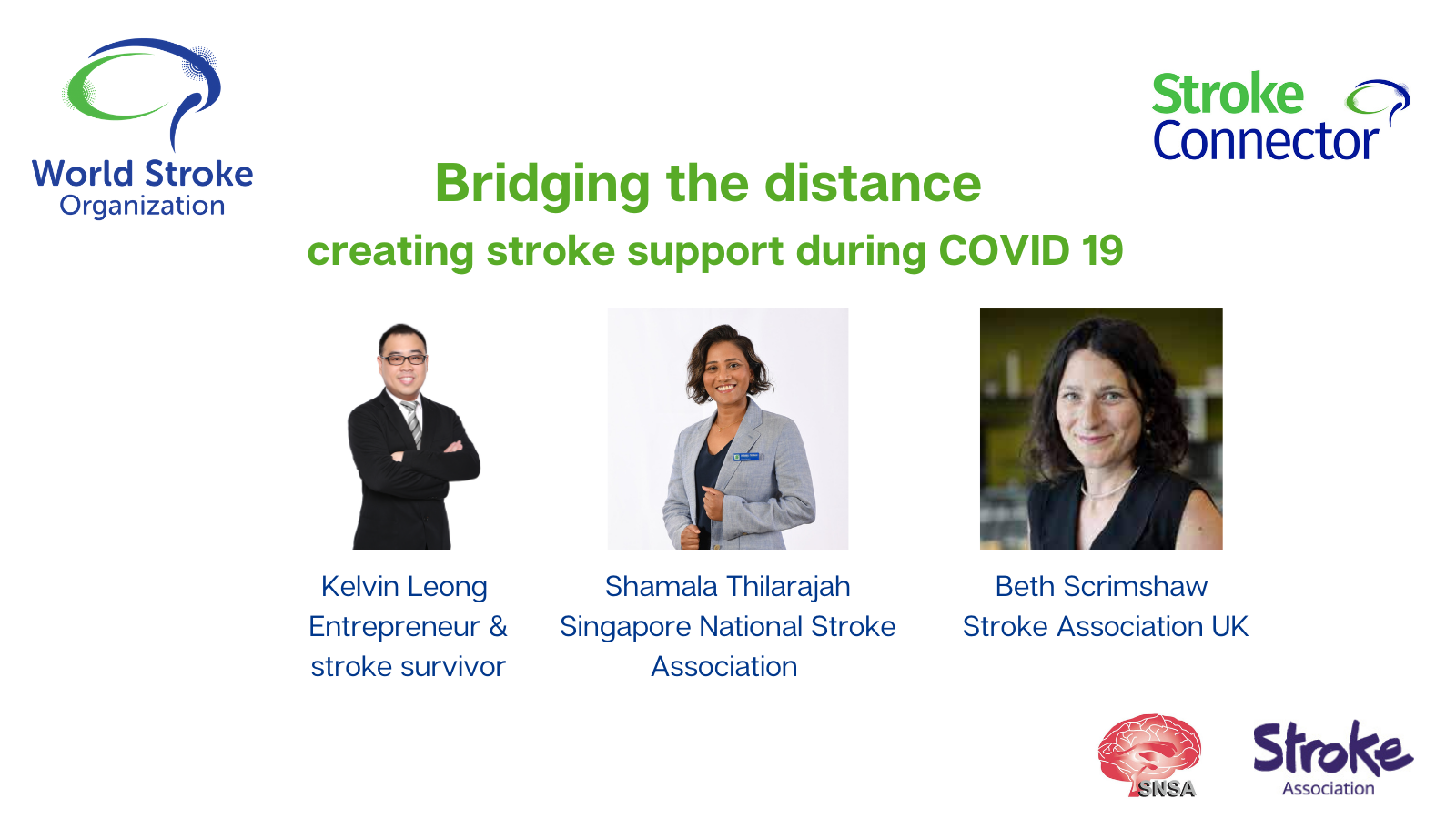
Jun 29, 2021
A one-hour webinar on 1 July, 11.00 BST/12.00 CEST, Bridging the distance – creating stroke support during COVID-19, will look at how international stroke support organisations have delivered services during the pandemic.
Join the panel, Kelvin Leong, stroke survivor, Shamala Thilarajah, Singapore National Stroke Association and Beth Scrimshaw, Stroke Association in the UK who will share learnings and insights about delivering online support.
This interactive event will be of interest to those working in discharge planning, community/primary healthcare settings, and patient advocacy.
Register here
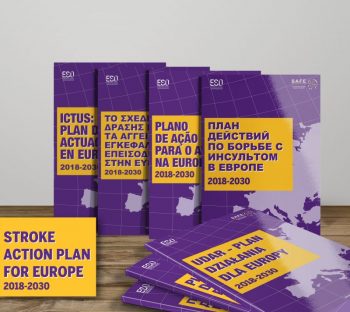
Jun 27, 2021
The official language of SAFE is English although for many members this remains a challenge. Beyond SAFE, the language barrier inevitably limits the opportunity to engage and influence others who otherwise might respond to the communication.
We are thankful to our sponsor Boehringer Ingelheim for funding the translations to French, Portuguese, Russian, Polish and Spanish. At the same time, we would like to show our gratitude and appreciation to the Greek support organisation Hellenic Alliance/ Action for Stroke (HAAS), the Finnish Brain Association, the Norwegian SSO Norsk forening for slagrammede, the Turkish stroke support organisation BEYINDER, Croatian Stroke Society and the Ukrainian stroke support organisation Українська асоціація боротьби з інсультом for independently translating this important document at their own cost.
The popular version of the Stroke Action Plan for Europe, initially generously supported by companies Boehringer Ingelheim, BMS-Pfizer Alliance and Ipsen, is a vital document that outlines key recommendations from seven domains covering the stroke care pathway from Prevention to Life After Stroke.
The original Stroke Action Plan is in English, and we are expecting that translating it to additional languages would significantly increase its reach throughout Europe. This has a paramount importance for SAFE members’ future advocacy work and influencing of European healthcare policy-makers.
In addition to the activities mentioned above, SAFE does have plans for significant dissemination of the Action Plan in order to encourage its implementation. For more information please click here
You can access the PDF version in each of the languages by clicking on their photo below, including the English version for your reference.
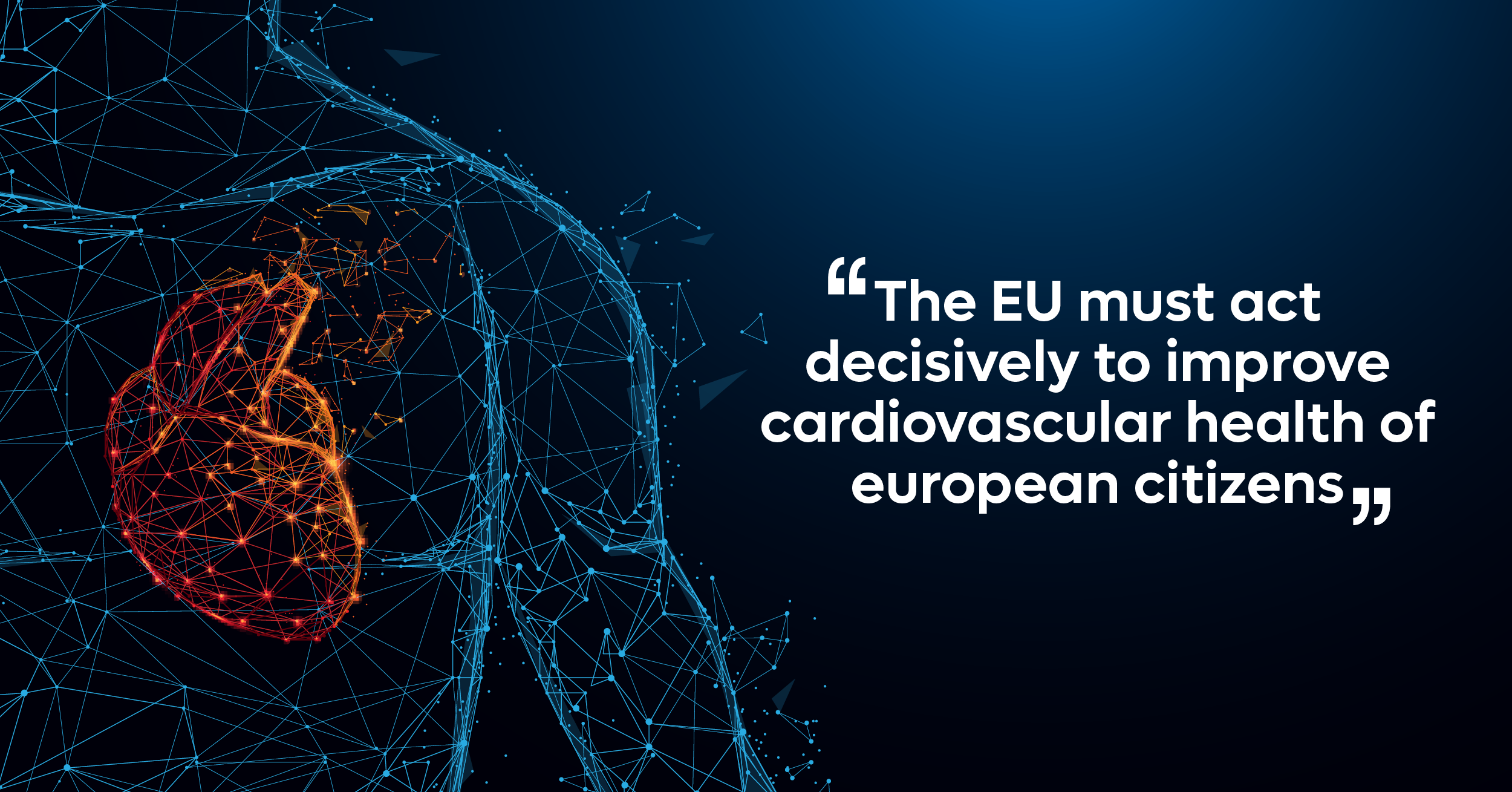
Jun 22, 2021
SAFE has signed a joint statement (16 June 2021) calling on the EU to develop a comprehensive EU plan on cardiovascular disease (CVD). Strokes and heart attacks are cardiovascular events and are the leading cause of death in Europe.
The signatory organisations jointly call for a comprehensive EU policy response to address the increasing burden of cardiovascular disease and ensure that citizens can live longer, healthier lives and enable them to continue to contribute to society and the economy.
After a decline in mortality over the past several decades, the numbers are rising again. CVD is linked to health inequalities, be it between geographies or be it by gender. Impacting people of all ages and is set to increase as Europe’s population is ageing.
The COVID-19 pandemic has worsened the situation, affecting diagnosis and treatment.
Through an EU-wide CVD Plan, ambitious incentives and measures should be implemented across prevention, screening, early detection, access to treatment and rehabilitation to keep people in good health and optimise their quality of life. This will strengthen the resilience at the population level, whilst making efficient use of healthcare resources.
The signatory organisations jointly call on EU decision-makers to develop an EU Plan on CVD to ensure that European citizens live longer, healthier lives – regardless of their gender, or where they were born or live in the EU – and enable them contributing to society and the economy. Thus, ensure more Health Equity across the EU.
The undersigned organisations stand ready to collaborate with EU institutions and national governments to develop and implement such a plan to address the burden of cardiovascular disease.
LIST OF SIGNATORIES:
International Association of Mutual Benefit Societies (AIM)
European Trade Association representing the medical imaging, radiotherapy, health ICT and electromedical industries (COCIR)
European Chronic Disease Alliance (ECDA)
European Federation of Pharmaceutical Industries Associations (EFPIA)
European Heart Network (EHN)
European Kidney Health Alliance (EKHA)
European Society of Cardiology (ESC)
European Confederation of Pharmaceuticals Entrepreneurs (EUCOPE)
The European FH Patient Network (FH Europe)
Global Heart Hub (GHH)
European Trade Association representing the medical technology industries including diagnostics, medical devices, and digital health (MedTech Europe)
Stroke Alliance for Europe (SAFE)
Read the joint statement here.
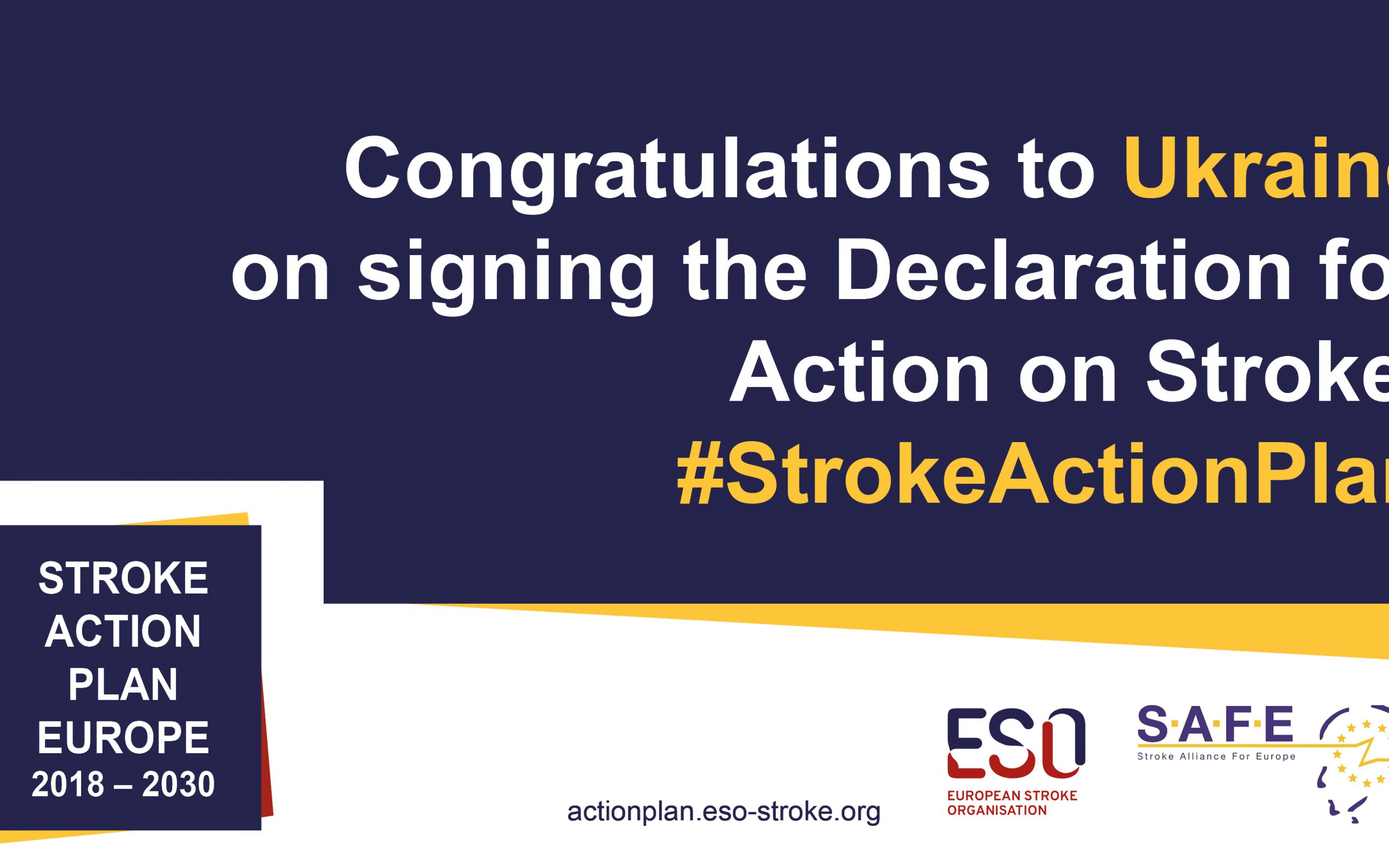
Jun 14, 2021
This month, Lithuania joins Ukraine as the second country to sign up to the Stroke Action Plan for Europe Declaration for Action on Stroke.
On 19 May 2021, Ukraine announced that the Ministry of Health of Ukraine along with the National Health Service of Ukraine support and have signed the Declaration for Action on Stroke.
We launched the Declaration on European Stroke Awareness Day, 11 May 2021, in partnership with the European Stroke Organisation (ESO). This initiative aims to encourage European countries to show their commitment to improving stroke prevention, treatment, care and support, by signing the Stroke Action Plan for Europe Declaration and add their voice to the fight against stroke across Europe.
In 2020 acute stroke care was recognised as a priority in Ukraine where stroke mortality is higher than in most European countries:
- It is estimated that up to 130,000 strokes occur in Ukraine each year
- 30-40% of people who have a stroke die within the first month from the onset
- About 70% of stroke survivors have persistent neurological deficits that affect their lives
- One third of stroke patients in our country are people of working age.
Dr Andriy Vilensky, Head of the National Health Service of Ukraine said, ‘…timely and effective medical care increases the chances of a full recovery of the patients and can save their lives….we have found that in 2020 in the contracted facilities the in-hospital stroke case-fatality rate fell by 6%. We strongly believe, the main reason for this was that these patients were admitted to hospitals that had an opportunity to provide quality care. These are good results of the first months of implementing a new approach to the organisation and payment for medical services in acute stroke in Ukraine.’
Dr Francesca Romana Pezzella, Co-Chair of the Stroke Action Plan for Europe Steering Committee added, ‘This is a fundamental milestone in the implementation of the Stroke Action Plan in Ukraine, and an important achievement towards the plan’s progress in Europe. Ukraine is, in fact, the first among the countries participating in the SAP-E to have officially endorsed the Declaration. We hereby acknowledge the support this document received from the authorities that have signed it, and the successful efforts of the Ukrainian Anti-Stroke Association in raising the awareness about our objectives, networking and communicating tirelessly with all interested parties, promoting the importance of the Declaration and setting a challenging example for the other national teams, committed to the same result”.
It is estimated that over one million people in Europe have a stroke and 460,000 die as a result of a stroke every year and almost 10 million people are living with the impact of stroke. The costs related to stroke in Europe were recently estimated as high as €60 billion and are predicted to increase to rise to €86 billion, a 44% increase, by 2040.
SAFE and ESO are calling on health ministries across Europe to support the Declaration for Action on Stroke to reduce the burden of stroke in Europe.
Join Ukraine, Lithuania and others – find out more at https://actionplan.eso-stroke.org/
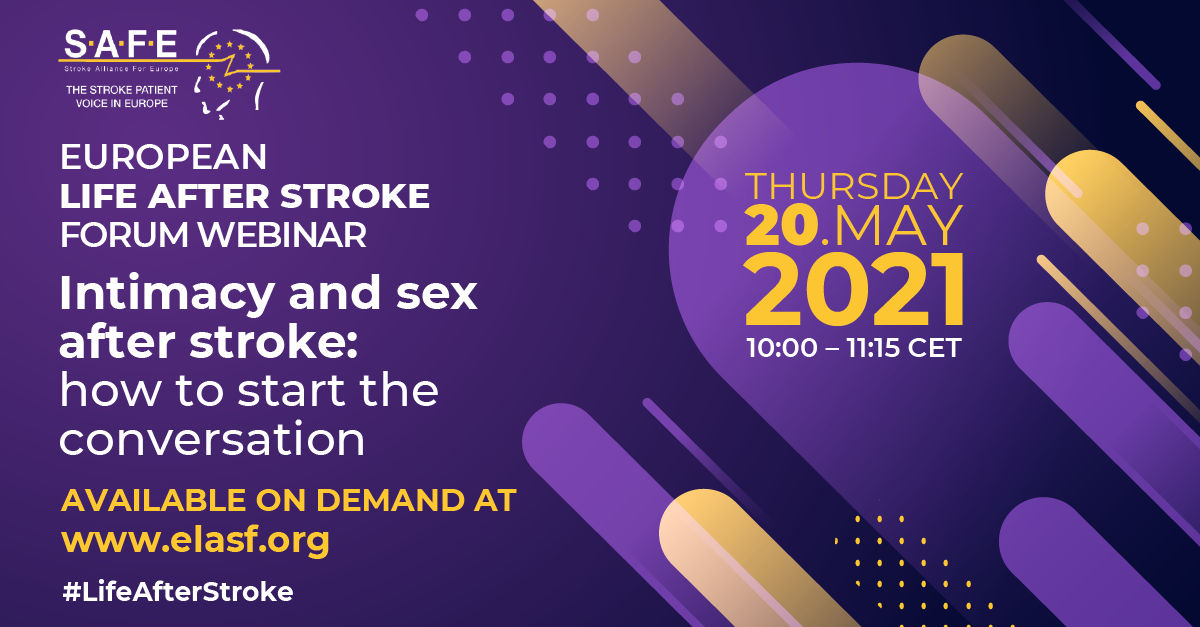
Jun 3, 2021
If you missed our virtual event last month, do not worry, you will now be able to watch the session at your leisure as it now available on demand at our European Life After Stroke website www.elasf.org
‘Thank you to all the speakers – such a valuable webinar. Really useful for my work with people living with stroke.’
Event participant
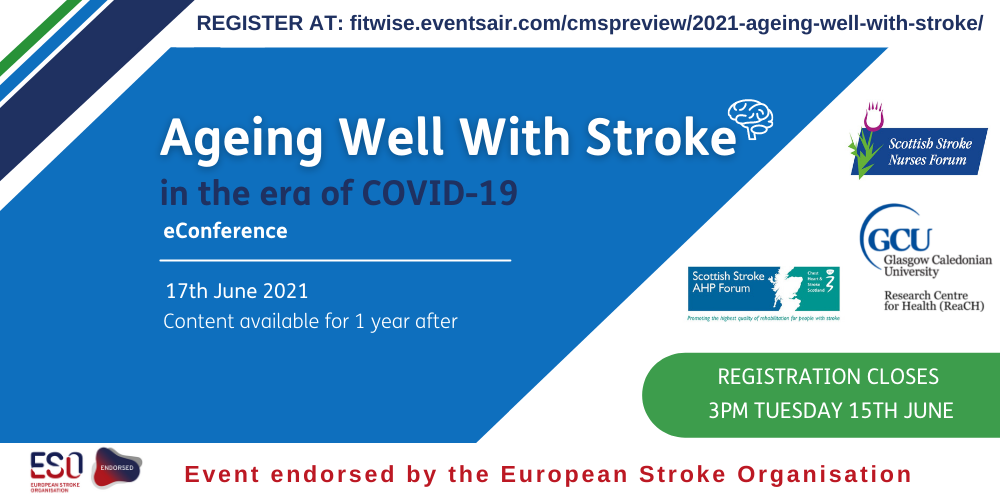
May 26, 2021
This UK virtual conference is for anyone involved in stroke care, rehabilitation and long-term support as well as stroke survivors and stroke support organisations.
Register by 15 June here https://rb.gy/wrpl51
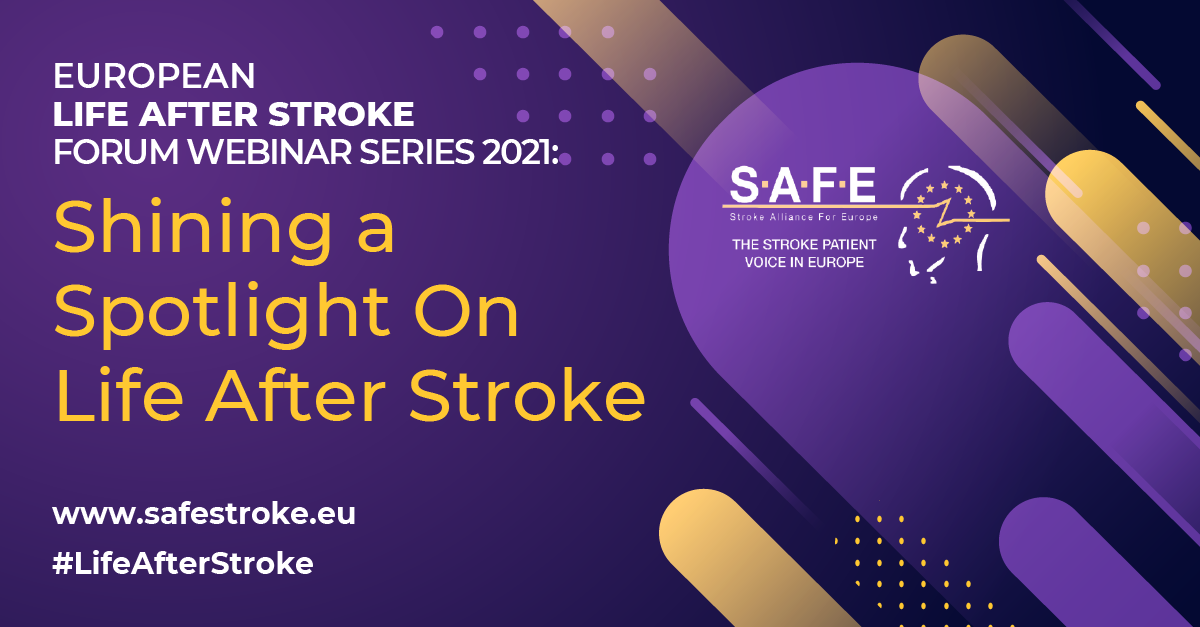
May 25, 2021
Almost 600 people registered for our virtual event last week.
If you were unable to join us on the day, you will be able to access the event on demand at your leisure at the end of this week. Go to www.elasf.org to find out more.
In the session, stroke survivor, Diana, talks openly of dealing with her sexuality after having a stroke at 34.
Some of the feedback from registrants:
‘Thank you to all the speakers – such a valuable webinar. Really useful for my work with people living with stroke.’
‘Thank you so much for sharing and being so open about something so personal Diana. I have a much better understanding of the worries, fear and practical concerns that stroke survivors are dealing with in regards to sex and intimacy now. It will really help my work with stroke survivors going forward.’
‘Thanks, Diana, for sharing your experience. I work in rehabilitation with people who have had brain injury and hearing you has helped me to understand better what some of our service users may be going through. Thanks so much.’
‘Thank you so much Diana for your openness and your explanation of the changes you experienced after your stroke and how you overcome these things. I know that it will help me to support stroke survivors that I work with in the future.’
‘Thank you for this insight into your experience it is so so powerful to help me talk to others who may be struggling. Thank you for being so brave.’
‘Thank you so much Diana. What an incredible journey. This was incredibly helpful. You are an inspiration.’
Our next event in our Life After Stroke series will be on Emotional and psychological impact of stroke on 29 September – please save the date. You can also catch up on our first webinar Life After Stroke: challenges and ways forward. All information can be found at www.elasf.org
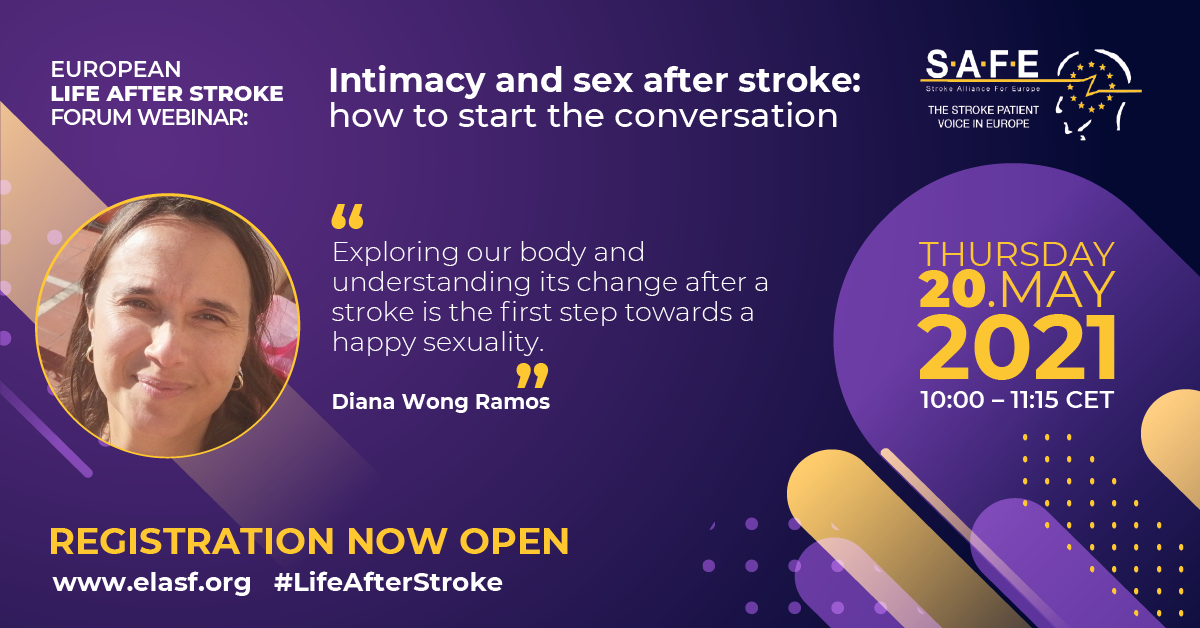
May 18, 2021
If you’ve not signed up to our latest Life After Stroke event, there is still time. Find out why it is important to join by listening to speakers Doug Youngson (https://youtu.be/wEbhiHvv2i8), Dr Ana Carvalheira (https://youtu.be/O745zoMowVE) and stroke survivor Diana Wong Ramos (https://youtu.be/9JX6Zatlfd8), and participants Nuno Ferreira (https://youtu.be/UBUrdmAbKrM) and Lisa Kidd (https://youtu.be/9KuWvzstIcU) There is still time to join us – register free bit.ly/3edVHxp





